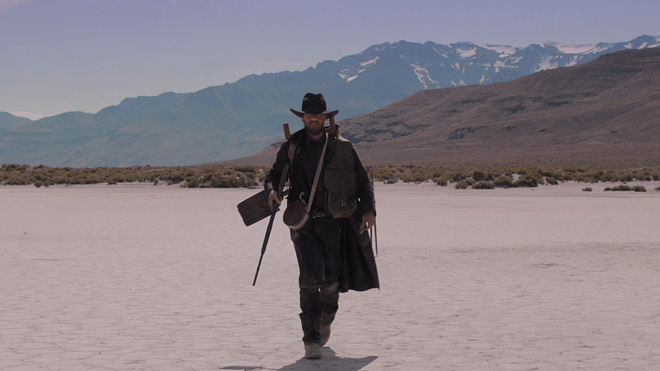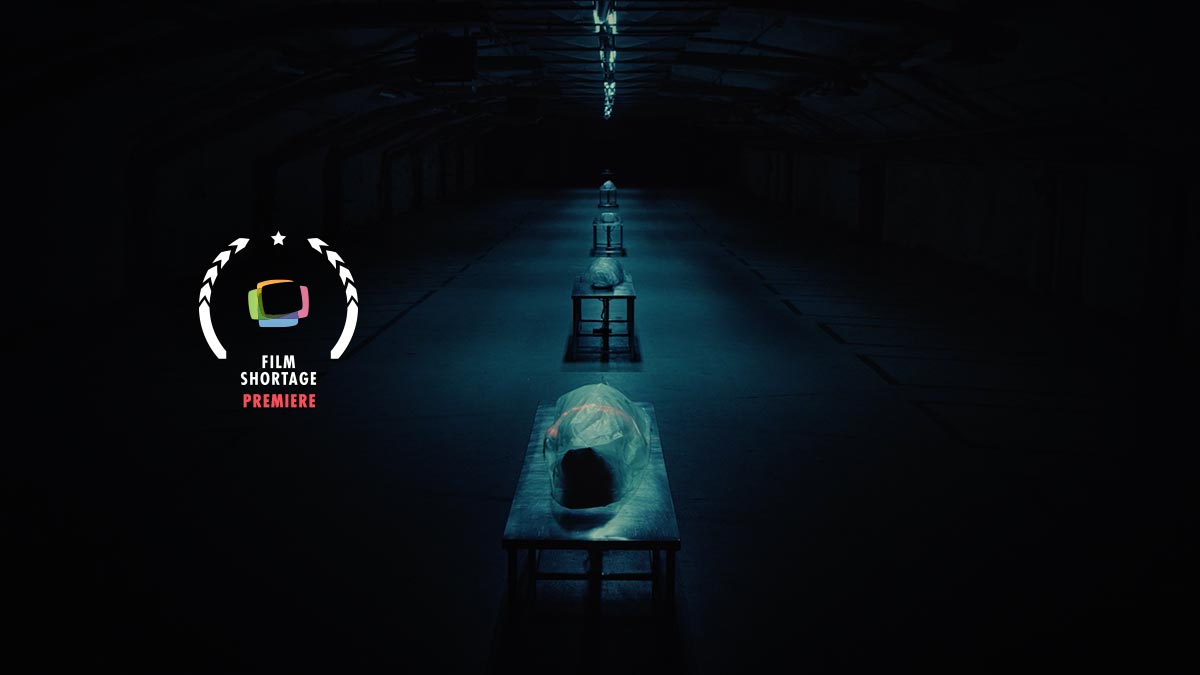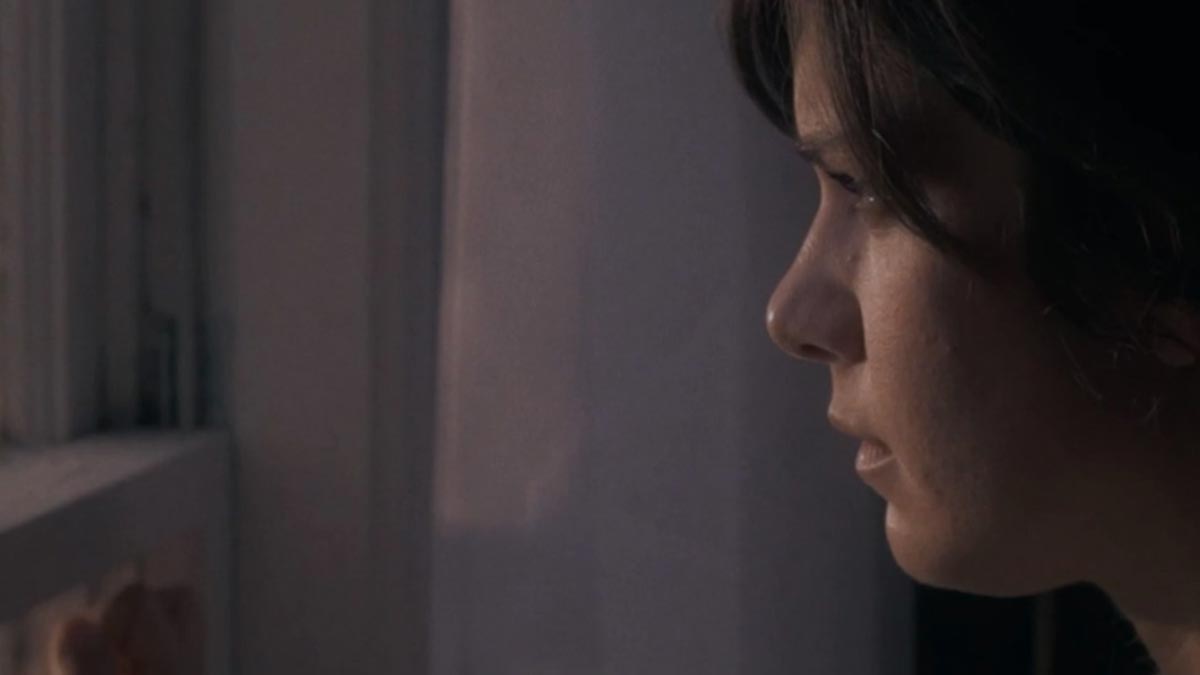After failing an eye test, an elderly woman struggles to come to terms with the fact that she may never drive her beloved VW Beetle again.
June Bug tells the heartfelt story of an elderly woman grappling with the painful reality of losing her independence when her deteriorating eyesight makes driving her cherished 1959 VW Beetle impossible. As her health declines, her resistance to this life-changing adjustment places increasing strain on her relationship with her adult son, who has reluctantly taken on the role of caregiver.
Through a touching exploration of familial bonds, June Bug reveals how shared memories and moments of connection can bridge the emotional distance caused by hardship. Kyle Sawyer crafts a tender portrait of love, loss, and resilience, offering an intimate look at how individuals and families navigate the challenges of aging and change.
June Bug explores the bittersweet experience of letting go of independence, especially as we age. What inspired you to tell this particular story?
During research for another project, I read a book called “Being Mortal” which kind of shocked me into the realities of aging. It comes to the conclusion that we basically just fall apart. It is now something that is constantly on my mind as my parents age. The idea of saying your final goodbyes to things you hold dear as your life winds down is kind of haunting and beautiful.
The VW Beetle seems to be more than just a car for the protagonist. How did you develop the symbolism of the car, and what does it represent for her?
I think that scene of her escaping the party to the car does a lot of heavy lifting. She doesn’t just get in the car and drive away. She greets the car like an old friend. She sits in it and takes a deep breath. Only then does she decide to try and escape. The car represents more than just a car, it’s memories of good times with loved ones which is not understood until the third act with the reveal of the picture she keeps looking at. It says it wasn’t all about losing her independence, it was about saying a final goodbye to cherished memories.
The mother-son relationship in the film is so layered. How did you work with the actors to bring out the tension and tenderness between them?
The actor who plays June, Ray Kennington, beautifully toed the line between rage and despair to let the audience laugh at her and feel with her at the same time. We gave her certain outfits and rooms to inhabit and told her to make the space her own. She’s kind of laser-focused on her own independence for most of the film. Meanwhile, Matthew is always suited up as if being at his mom’s doing the cleaning and bills is taking him away from work. I think just creating this kind of depth to their characters helped to create the tension between them. It’s that tension that made the tenderness at the end of the film hit that much harder.
How did you strike a balance between the film’s heavier themes and the sense of levity?
That all comes from June. From the first scene we see the kind of firecracker personality she has. We’re given permission to laugh at her in that bit of situational comedy. From there we made a point to kind of insert a rhythm of gags meant to make you smile until the energy changes at the end of the second act before she falls. The music shifts, the shots hang a bit and the heaviness hits home. My favourite films strike this balance. I think it’s how you make an impact.
What was the casting process like, and how did you find actors who could embody the complexity of this story?
Casting was our biggest hurdle in development. The actor who was going to play June had to bring so much dimension and personality to the role. The opening shot holds on a close-up of her face for 25 seconds before she says anything. In those 25 seconds we have to learn a lot about her from just her eyes so we needed an actor who could do that. We also had a short pre-production timeline so we used a casting director to help us find someone. We did extensive call back sessions and worked a lot with the potential actors before landing on our cast but honestly I feel like we got lucky.
June Bug has a nostalgic tone. Can you share some of the visual or stylistic choices you made to evoke this feeling, especially surrounding the VW Beetle?
We created a lookbook based on a time and place which was upstate New York in the fall. Even though it’s never stated where we are, everyone from the cast to crew had this drilled into their minds during pre-production and I think it just helps give the film an overall feeling. Our colour pallette, costumes, lens choice, and colour grade all came from this lookbook.
We also felt like nothing should be modern. June’s whole life is behind her and the things she owns reflects that. There’s even a decrepit pool in her backyard which I think is very poignant. Nothing says the fun is over quite like an abandoned pool. The Beetle was just the perfect symbol of fun from the ’60’s in my opinion. It was like the rug that really tied the room together.
Are there any filmmakers or films that influenced your approach to storytelling or the visual style of June Bug?
We looked at the series “I Know This Much Is True” by Derek Cianfrance for his take on caretakers and production design. We looked at “The Sacrifice” by Andrei Tarkovsky for look and blocking interior scenes and “Oppenheimer” by Christopher Nolan for blocking/scene structure and editing. June Bug is not at all like any of these works, but they definitely had useful tidbits of information that informed our production.
What are the books, podcasts or even YouTube Channel that you recommend young filmmakers to get their hands on?
Books: “Wired For Story” – Lisa Cron, “Making Movies” – Sidney Lumet.
Podcasts: Draft Zero, Team Deakins.
YouTube: Film Shortage and NoBudge
Finally, what are your favorite short films?
“Nada de Todo Esto” – Francisco Canton, Pato Martinez
“Long Term Parking” – Lance Oppenheim
“Eer” – Kristoffer Borgli




